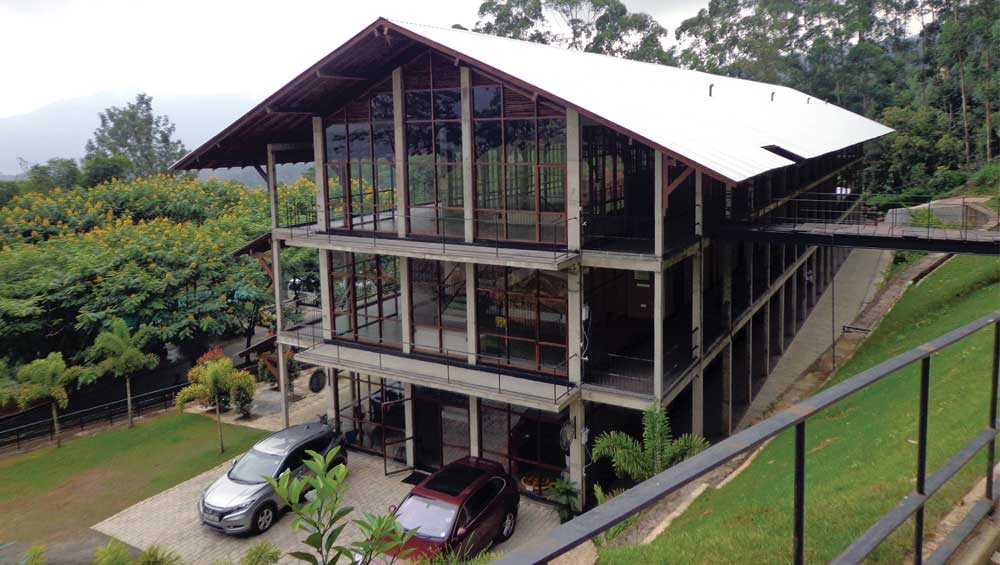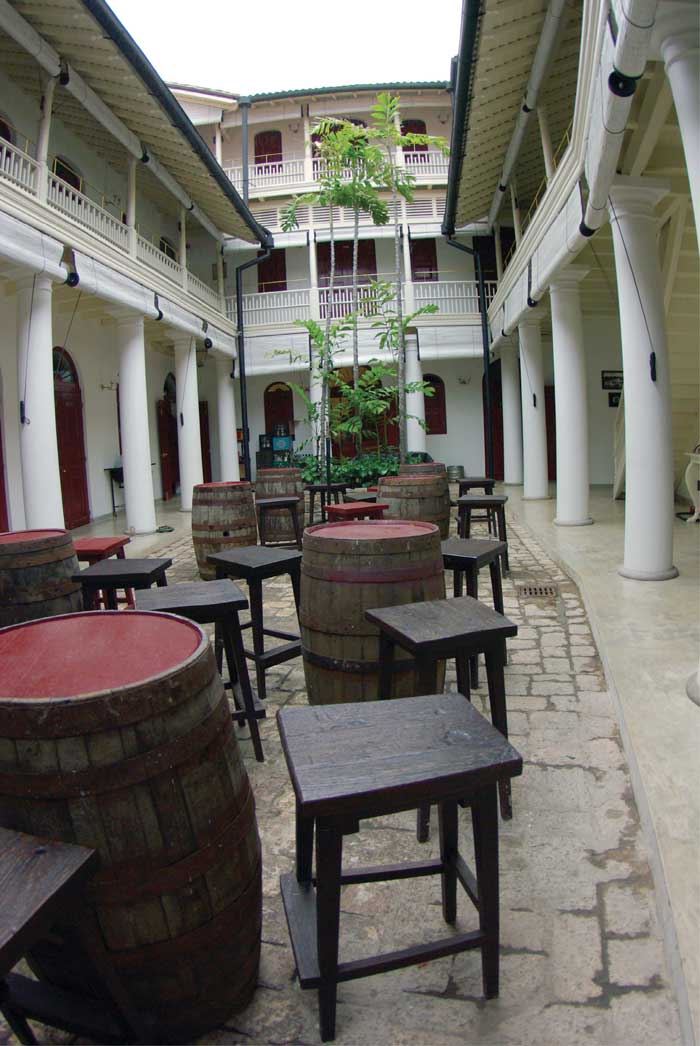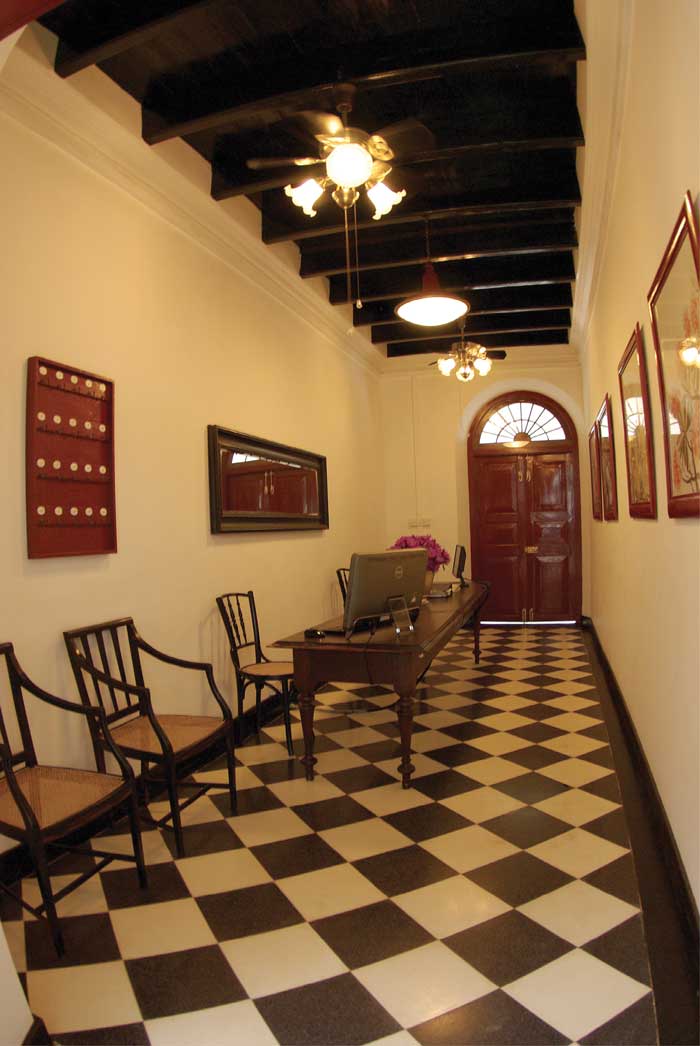
Eco-friendly constructions for a sustainable future

Yudish Ganesen in conversation with Lashani Ramanayake
Hailing from a family of architects, Yudish Ganesen was creative from a young age. With an eye for design and inventiveness in his blood, the pursuit of a career in architecture seemed the next logical step. Today, he thrives on creating Sri Lankan architecture that is defined by its gardens and based on the needs of society.
Q: In what way is design approached in tropical climates?
A: Design differs from country to country – drastically so due to weather patterns. In tropical climates, we worry about the hot sun and heavy rains. So we tend to use wider eaves and materials that absorb humidity rather than nonporous materials, which provide ample cross ventilation. Landscaping with plenty of trees and waterways also keeps our environment cool.
Q: How well is Sri Lanka adapting to the many trends in architecture?
A: New trends in architecture focus on the survival of humanity. The world is facing the colossal effects of global warming, and has shifted to sustainable and eco-friendly architecture.
Though we often talk about it, Sri Lanka hasn’t truly started to think in these terms. In fact, money and profit seem to be more on our minds than global warming – and we still build to last forever!
We should be thinking along the lines of our ability to recycle, dismantle and be lightweight while incorporating landscaping to create a ‘Garden City’ aligned to the eponymous movement.
Q: How can this field be developed here in Sri Lanka?
A: The movement and density of vehicles plays a large part in designing the built environment. Village development would curb the need for migration to Colombo. Moreover, public transportation must use clean energy to reduce carbon in the atmosphere. This would cool the environment.
Furthermore, the government should incentivise the use of clean energy. The Urban Development Authority (UDA) should maintain the appearance of Colombo and enforce zoning laws to protect the historical parts of the city while paving the way to create a Garden City.
Additionally, when planning to construct, people should be educated on consulting architects who have been trained to think in global terms.


Q: What’s your view on the sustainability of construction projects in Colombo?
A: These new buildings are anything but sustainable; they’re merely blocks of high-rise concrete mushrooming everywhere. Adequate research isn’t being undertaken on the subject as Sri Lankans are still not thinking from a sustainable point of view.
I don’t see any serious attempts to transform Colombo into a Garden City whereas many developed countries have been moving in that direction for some time now.
Q: How do you face the challenges in designing for urban spaces?
A: Urban spaces in Colombo are becoming denser, hotter and dustier. The streets are not pleasurable places to walk.
Therefore, most buildings are designed to look inwards with high walls excluding any sense of the locale outside. This will be the norm until Colombo changes for the better, at which point we can open out onto the street.



